Embarking on a DIY plumbing project can sometimes feel empowering and cost-effective. Still, it’s a field fraught with pitfalls for the untrained. The difference between a well-executed job and a disaster is often in the details that professional plumbers are trained to handle. Whether it’s installing a new fixture or attempting to clear a clog, understanding the most common DIY plumbing mistakes can save you from costly and frustrating outcomes.
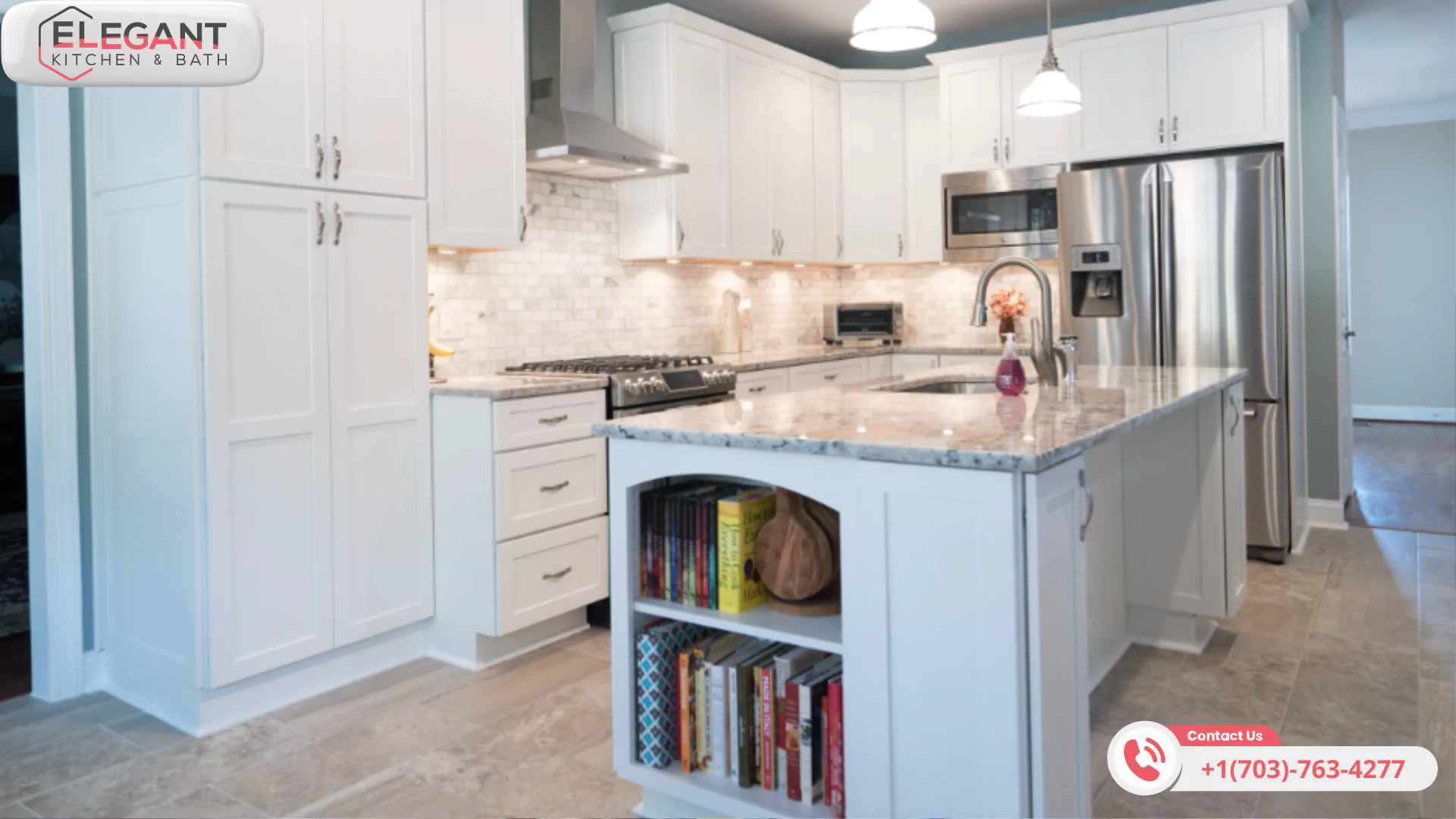
Key Takeaways for DIY Plumbing Mistakes
1. Precision and Tools: DIY plumbing requires exact precision and the correct tools, especially when installing fixtures like toilets or faucets, to avoid leaks and water damage.
2. Water Supply Management: A common mistake in DIY plumbing is not shutting off the water supply before starting, which can lead to severe flooding and damage.
3. Proper Drain Traps: Using the correct type of trap, like a P-trap instead of an S-trap, is essential to prevent improper venting and sewer gas entry into the home.
4. Clog Handling: Clearing blocked drains requires the right approach; misuse of tools like drain snakes or chemical cleaners can damage plumbing fixtures or pipes.
5. Correct Pipe Connections: Ensuring proper connections between different types of pipes, such as copper and galvanized steel, is vital to prevent corrosion and leaks, using dielectric unions if necessary.
6. Understanding Plumbing Rough-In: The rough-in stage of plumbing, particularly in new constructions or remodeling, demands a thorough understanding of plumbing systems and adherence to codes, as errors can be costly to rectify.
7. Avoid Illegal Fittings: Using plumbing fittings that meet code requirements is crucial, as illegal fittings can lead to leaks, water contamination, and legal issues.
8. Comprehend and Avoid Mistakes: Knowledge of common plumbing mistakes and how to avoid them can prevent costly and time-consuming repairs.
9. Professional Help vs. DIY: While DIY plumbing can be empowering and cost-effective, understanding when to call in a professional can save from potential disasters, especially in complex or critical plumbing tasks.
Imperfect Installations
The allure of DIY can be strong when considering the installation of fixtures like toilets or faucets. However, these tasks require precision and the correct tools. An improper installation can lead to leaks, water damage, and, eventually, significant repair bills. When tackling such projects, using the proper plumber parts’ names and understanding their function is critical to avoid DIY plumbing mistakes.
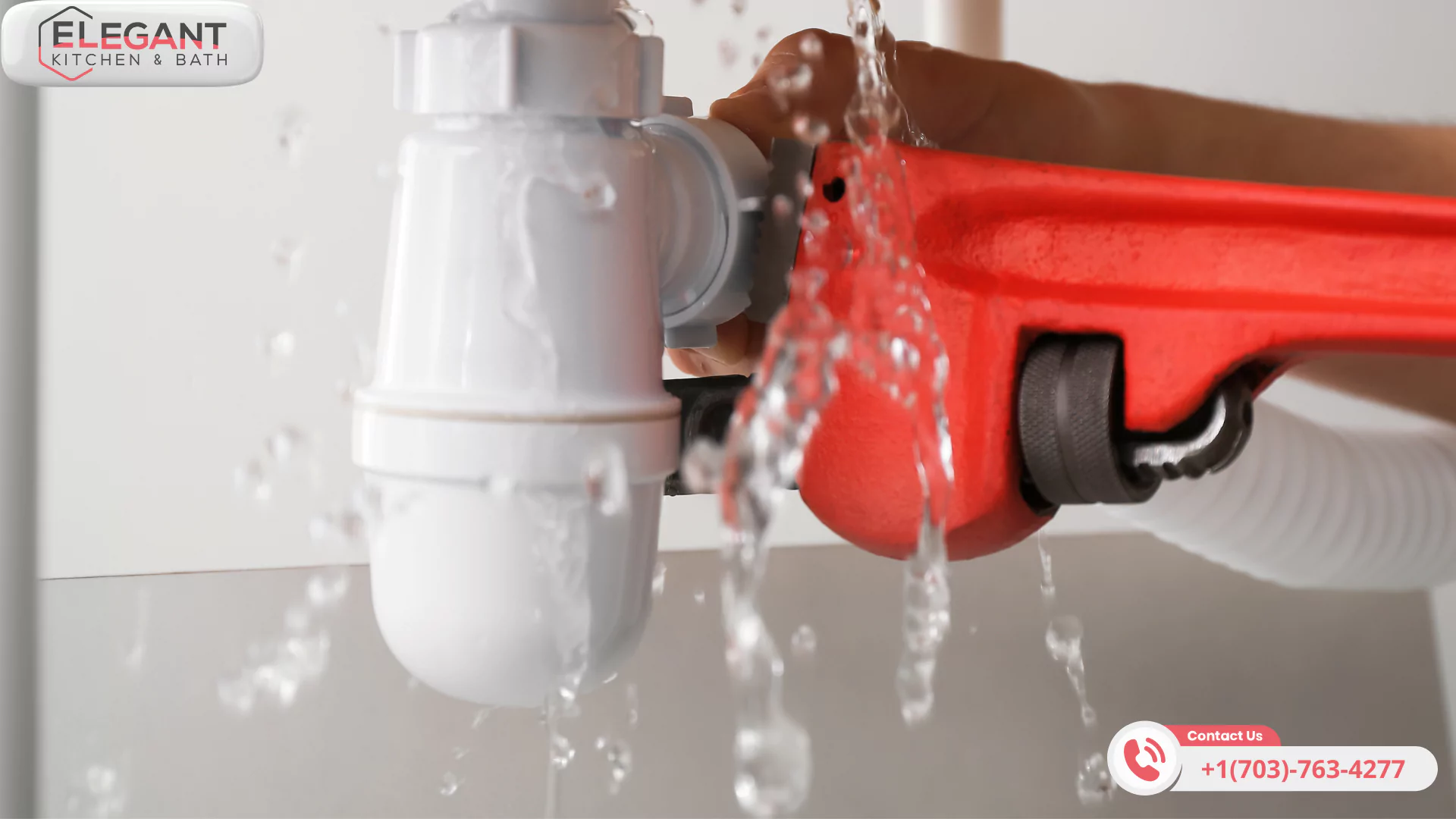
Leaving Water On
An astonishingly common oversight for many DIY enthusiasts is forgetting to shut off the water supply before starting work. This oversight is more than a mere inconvenience; it can lead to flooding, severe water damage, and the need for extensive repairs.
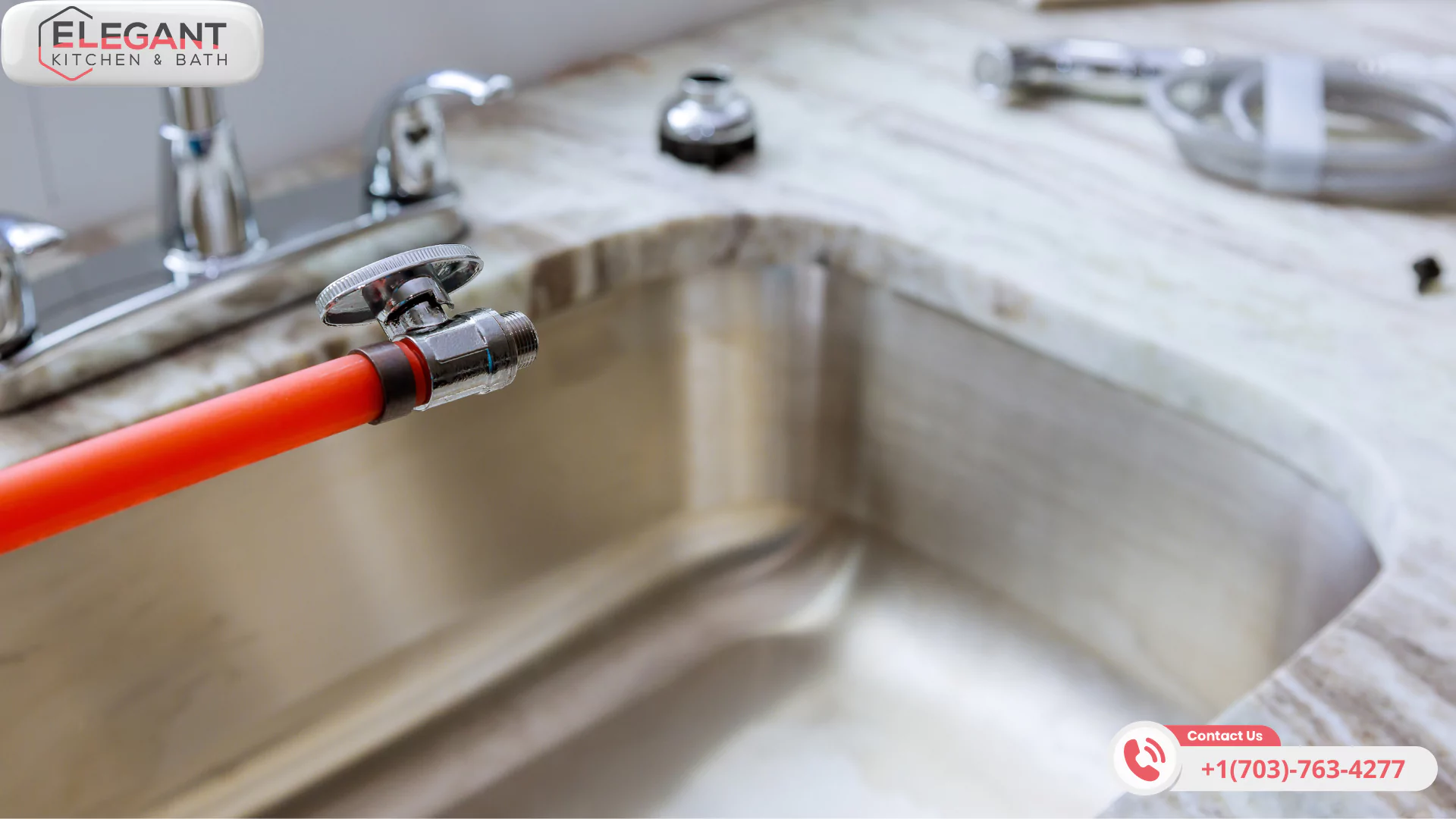
Wrong Trap
Choosing the wrong type of trap for sink drains is a common DIY plumbing mistake. Many homeowners mistakenly opt for an S-trap, which can lead to improper venting and allow harmful sewer gases to enter the home. A knowledgeable plumber will ensure that a correctly vented P-trap is installed, adhering to the plumbing code for drain lines.
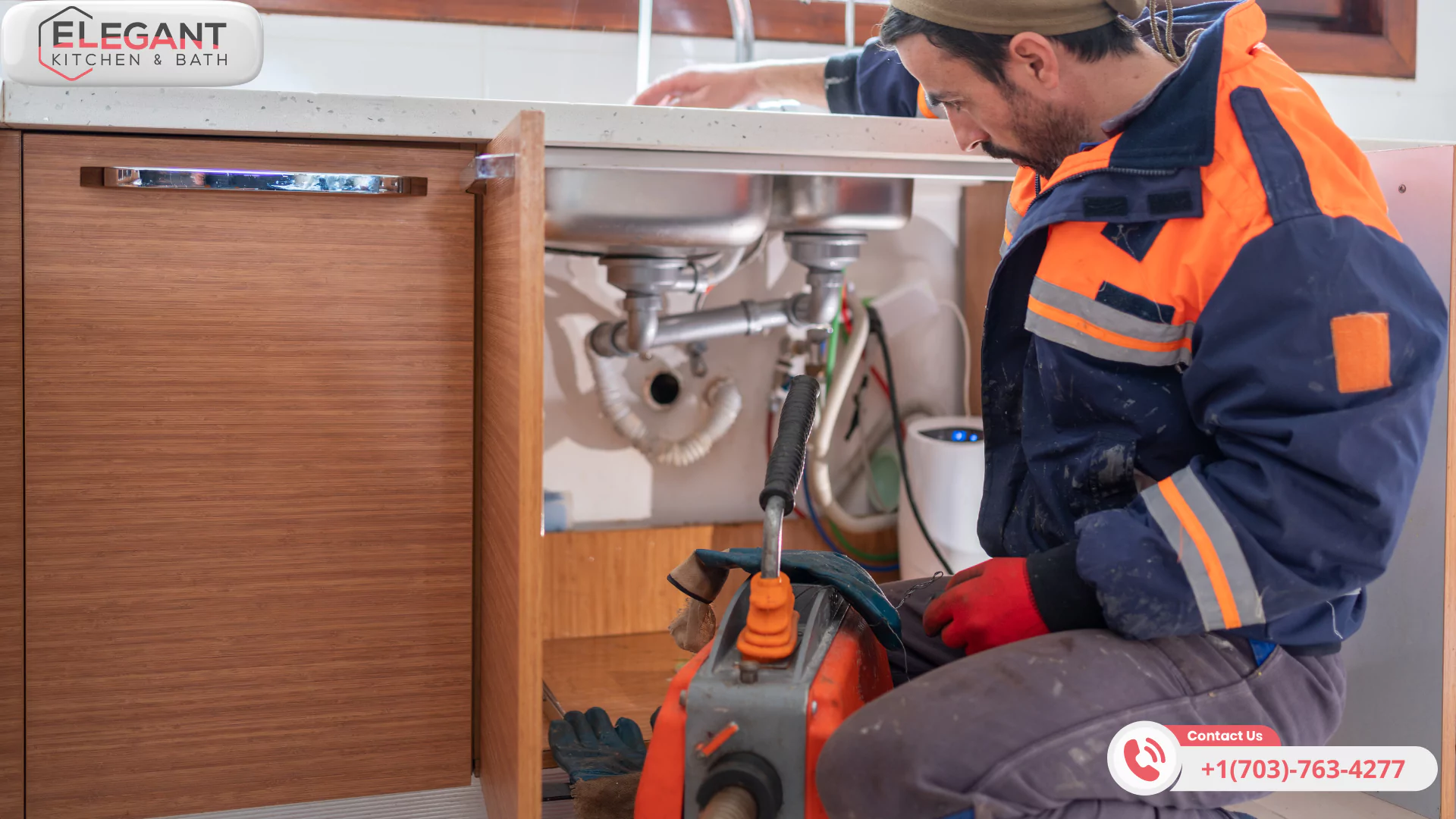
Unclogging a Drain
Attempting to clear a blocked drain is a frequent DIY endeavor. However, without the right knowledge, you can cause more harm than good. For instance, using a drain snake inappropriately, such as in a toilet, can lead to damage to the porcelain. Moreover, chemical drain cleaners can be a risky choice, potentially damaging pipes and creating more issues than they solve.
Improper Connections
Professional plumbers often need help with proper connections. DIYers may need to realize the importance of correctly joining different types of pipes, such as copper to galvanized steel, which requires a specific connector to prevent corrosion. Dielectric unions are essential in these situations to keep the metals from contacting each other and prevent DIY Plumbing Mistakes.
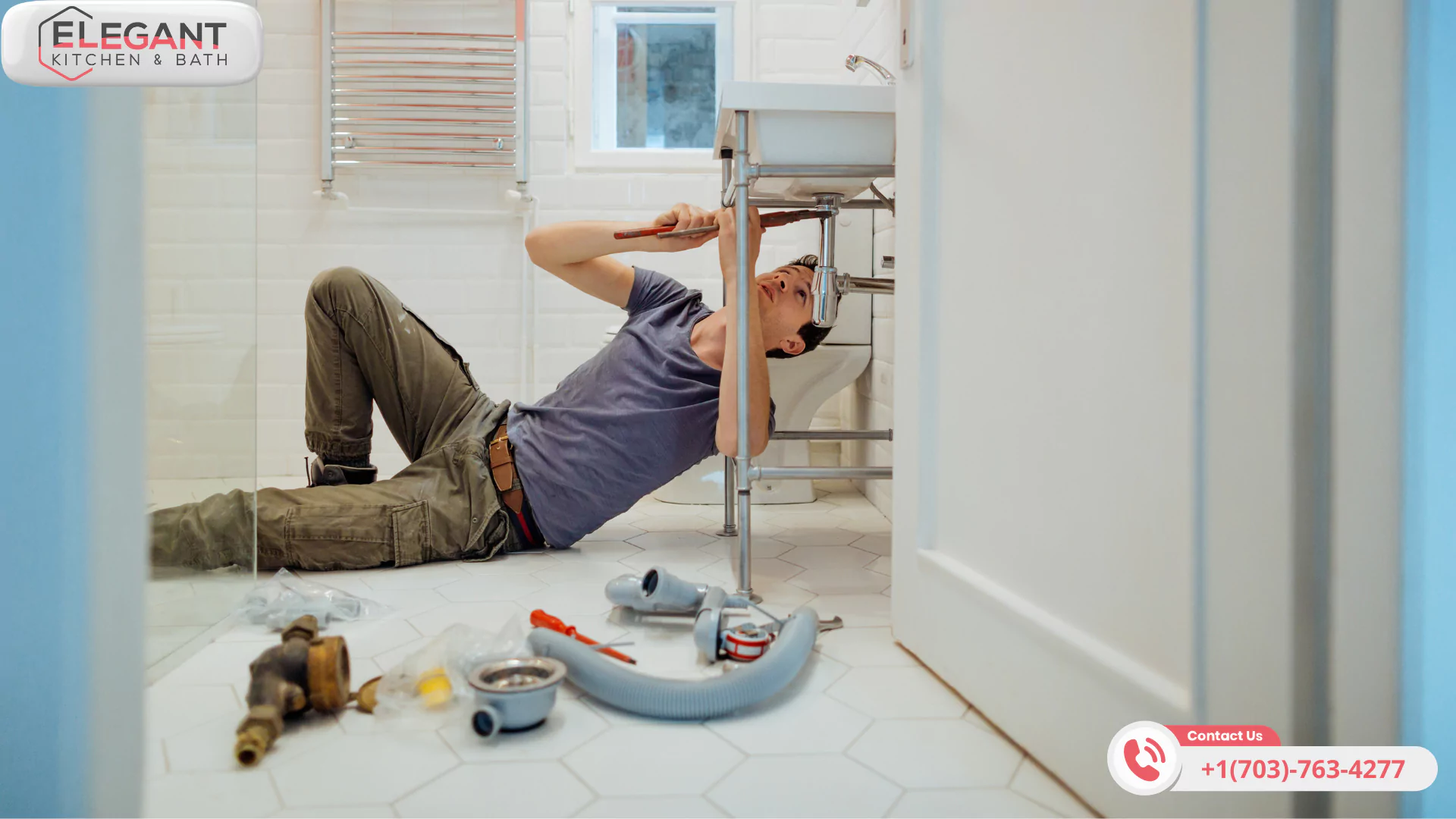
The Complexities of DIY Plumbing Rough-In
DIY plumbing rough-in is a stage where many ambitious DIYers find themselves in over their heads. This step involves the installation of basic plumbing systems in a new construction or remodel before the walls and floors are finished. It’s a complex process that requires precise measurements, knowledge of plumbing code for drain lines, and understanding the layout of your home’s plumbing system. Mistakes at this stage can be particularly costly and difficult to rectify once construction has progressed.
The Perils of Illegal Plumbing Fittings
Another area of concern is the use of illegal plumbing fittings. These are components that do not meet the required codes and standards and can cause serious issues down the line, including leaks, water contamination, and even legal problems during home inspections or sales.
Avoiding Plumbing Mistakes to Avoid
To dodge the common pitfalls of plumbing, it’s important to recognize the plumbing mistakes to avoid. This includes everything from ensuring you have the correct tools and materials, like the proper floor leveling compound for wood subfloors when working on areas with wooden understructures, to using self-leveling concrete for creating a flat, even surface for installing plumbing fixtures on concrete floors.
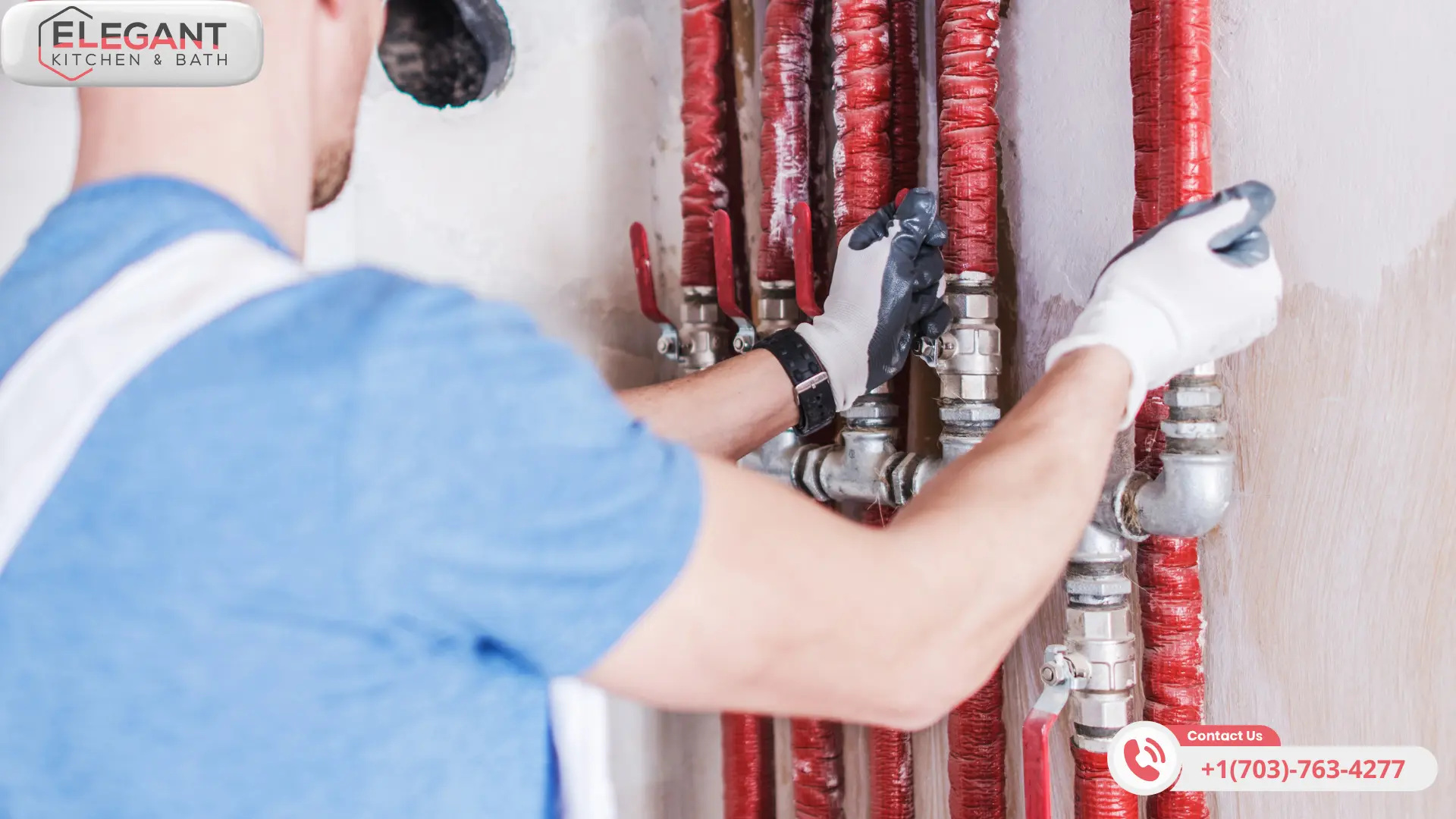
DIY Plumbing in the Bathroom
DIY plumbing mistakes in the bathroom are especially prevalent due to the complexity of the fixtures and the critical nature of watertight installations. Whether it’s installing a new shower, replacing a toilet, or updating a sink, each task requires a thorough understanding of the plumbing system to avoid leaks, blockages, or worse.
Cost of DIY Plumbing Errors
The garage addition cost of DIY plumbing errors can quickly escalate beyond the savings of doing it yourself. This is especially true for tasks that seem straightforward, like replacing a faucet or fixing a running toilet, but can lead to significant issues if not done correctly.
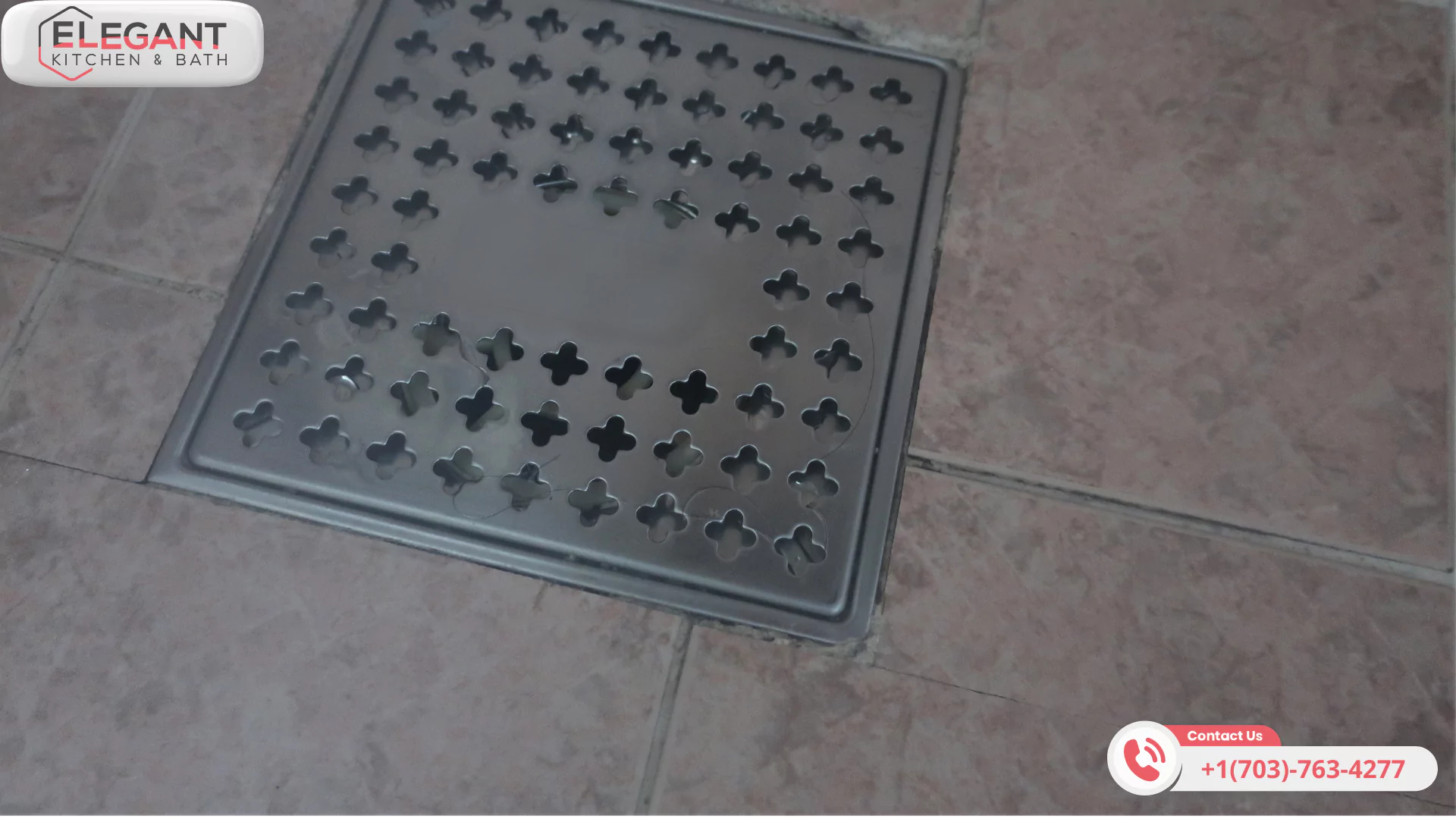
Learning from Before and After Scenarios
Examining garage addition before and after scenarios, or in this case, plumbing repairs and installations can provide valuable insights. By understanding what went wrong in a failed DIY attempt, you can better appreciate the complexities of plumbing work and the importance of doing it right the first time.
In conclusion, while the DIY route can be tempting, plumbing is an area where expertise and experience are crucial. It’s essential to understand your limitations and when to call in a professional. By avoiding these common DIY plumbing mistakes, you can save yourself time, money, and the headache of dealing with the consequences of a job gone wrong. Whether it’s a small repair or a significant installation, considering the expertise of a seasoned plumber can ensure that your plumbing projects are completed efficiently and effectively, adhering to the proper codes and standards.
DIY Plumbing Mistakes FAQs
What are the most common plumbing mistakes?
Some of the most common plumbing mistakes include:
– Overtightening connections on supply tubes, pipes, fittings, and toilet bolts can lead to cracks and leaks.
– Drain cleaners should be used as a first choice instead of a plunger or drain snake, as the harsh chemicals can damage pipes.
– Wrapping thread tape backward or using the wrong type of tape for the application (e.g., using thin white tape on gas lines).
– Using the wrong drain fittings, such as an S-trap instead of a P-trap, can cause clogs and code violations.
– Sweating copper pipes with water still in the line, resulting in pinhole leaks.
– Not having the right tools for the job, leading to improper repairs and damage.
What is the most common plumbing item to fail in a residential home?
The most common plumbing item that fails in a residential home is the water heater, followed by pipes, faucets, and toilet leaks. Flexible supply lines connecting fixtures to the central plumbing are also prone to failure due to age, water chemistry, or physical damage.
What happens if you overtighten a water supply line?
Overtightening a water supply line can cause the fittings to crack immediately or over time, leading to leaks and potential water damage. Overtightening can also damage the threads, making it difficult to properly connect the supply line in the future.
What are common faults in plumbing?
Common faults in plumbing include:
– Leaks from pipes, faucets, and fixtures due to age, corrosion, or improper installation.
– Clogs in drains and toilets caused by hair, grease, and foreign objects.
– Poor water pressure due to pipe corrosion, mineral buildup, or improper pipe sizing.
– Sewer line backups from tree roots, pipe bellies, or damaged lines.
– Faulty water heaters due to age, sediment buildup, or improper pressure relief valve installation.
What is the most common plumbing repair?
Typical plumbing repairs include fixing leaks in pipes, faucets, and toilets, unclogging drains and toilets, and replacing faulty water heaters.
What is the hardest thing about plumbing?
One of the most challenging aspects of plumbing is accessing and repairing pipes in tight spaces or behind walls. Diagnosing the root cause of a plumbing issue can also be difficult, as the source of the problem may not always be apparent.
What clogs pipes the most?
Hair, grease, food particles, and foreign objects like toys or hygiene products are the most common causes of clogs in residential plumbing. Tree roots can also cause significant blockages in sewer lines.
What type of plumbing is no longer used?
Some types of plumbing that are no longer used or are not up to current codes include:
– Galvanized steel pipes, which are prone to corrosion and reduced water flow over time.
– Polybutylene pipes were used from the 1970s to the 1990s but are prone to breakage and leaks.
– S-traps do not have proper venting and can cause clogs and sewer gas odors.
– Certain materials like corrugated piping and rubber fittings that do not meet current plumbing codes.
What don’t most people know about plumbers?
Many people may not realize that plumbers:
– Undergo extensive training and licensing to ensure they are qualified to handle various plumbing issues safely and effectively.
– Often work in challenging and potentially hazardous conditions, such as tight spaces or exposure to chemicals and debris.
– Play a crucial role in protecting public health by ensuring that plumbing systems are functioning properly and not contaminating water supplies or causing unsanitary conditions.
– Can provide valuable advice on preventative maintenance and water conservation to help homeowners save money and avoid future plumbing problems.
Elegant Kitchen and Bath Virignia Remodeling Company
Elegant Kitchen and Bath offers kitchen remodeling, bathroom remodeling, basement remodeling and home addition remodeling services across a broad area, including
Herndon, Chantilly, Centreville,Reston, Sterling, GreatFalls, Ashburn, Fairfax, McLean, Manassas, Haymarket , Burke, Vienna, Falls Church, Annandale, Springfield, Alexandria and Arlington.
Ready to transform your bath with Elegant Kitchen and Bath in Virginia?
Visit Elegant Kitchen and Bath to start your journey toward your modern kitchen today.
